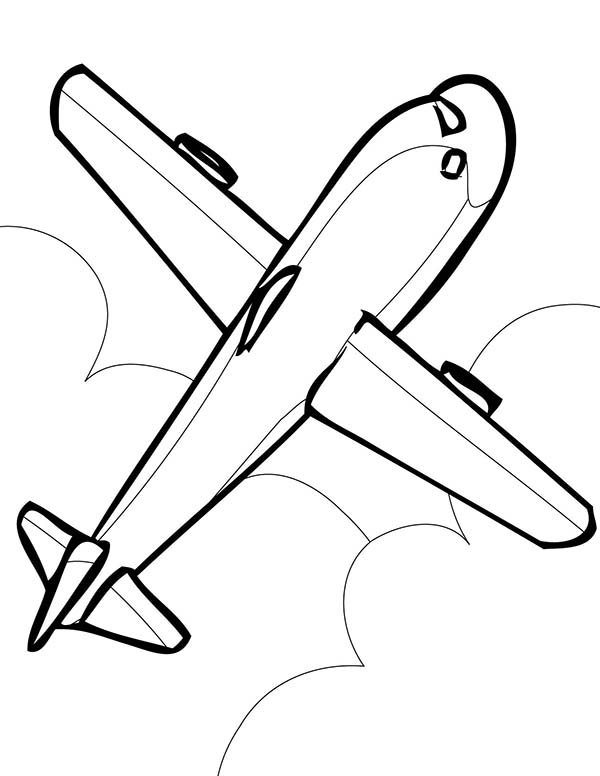
In 2019, the ozone hole over Antarctica shrank to its smallest recorded size since it was discovered. A recent study showed that, between 20, there was a 20% drop in the amount of ozone being destroyed by chlorine.

Related: Banned ozone-depleting chemical was used illegally in China People have been trying to phase out CFCs and other harmful industrial pollutants ever since. In 1987, countries around the world signed the Montreal Protocol on Substances that Deplete the Ozone Layer, an international document committing signatories to addressing the ozone hole, according to the EPA. Scientists were able to find that ozone depletion wasn't just occurring over the South Pole but also in areas over North America, Europe, Asia and much of Africa, Australia and South America. (Image credit: NASA)ĬFCs come from industrial processes like refrigeration and are used in fire suppression and foam insulation, among other applications. The ozone layer sits in the stratosphere, which is higher than most clouds form. Environmental Protection Agency (EPA).Įarth's atmosphere is made up of layers of different densities of various gases. A single chlorine atom can rupture more than 100,000 ozone molecules before it leaves the stratosphere, according to the U.S.

Related: There's no good explanation for why ozone-ripping CFCs are backĬhlorine and bromine, which are present in chlorofluorocarbons (CFCs) and related compounds, are highly destructive to ozone.

In 1987, aircraft observations provided unassailable evidence that the ozone hole was being created by human-made pollutants called chlorofluorocarbons (CFCs), according to a history from NASA. Starting in the 1950s, scientists began measuring ozone concentrations above Antarctica, giving them their first hints that there was a problem with the ozone layer.īy the 1980s, researchers were able to map a yearly hole that opened in the ozone layer over Antarctica in the spring, though nobody knew its cause. Ozone is a relatively unstable substance and can be destroyed by molecules containing nitrogen, hydrogen, chlorine or bromine, which rip ozone's third oxygen atom away from its two partners.


 0 kommentar(er)
0 kommentar(er)
